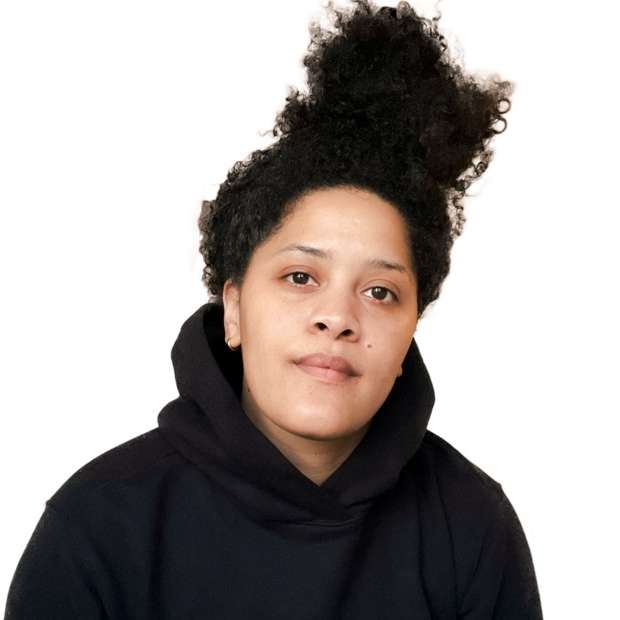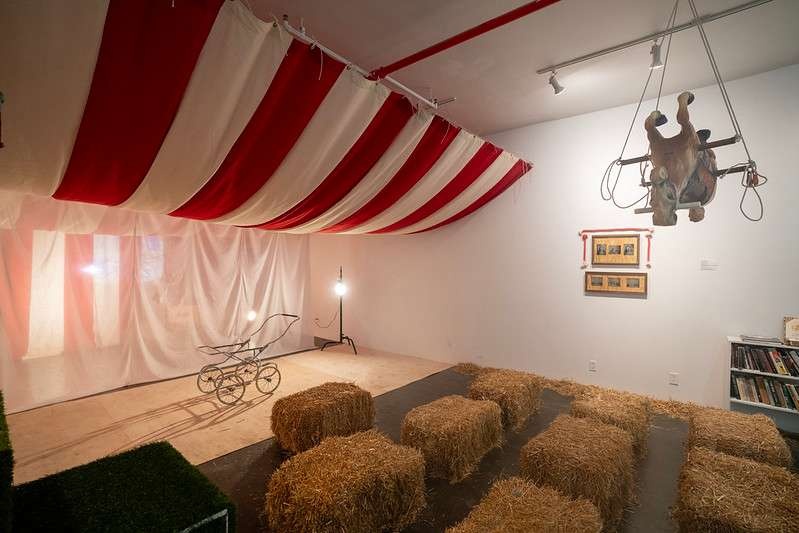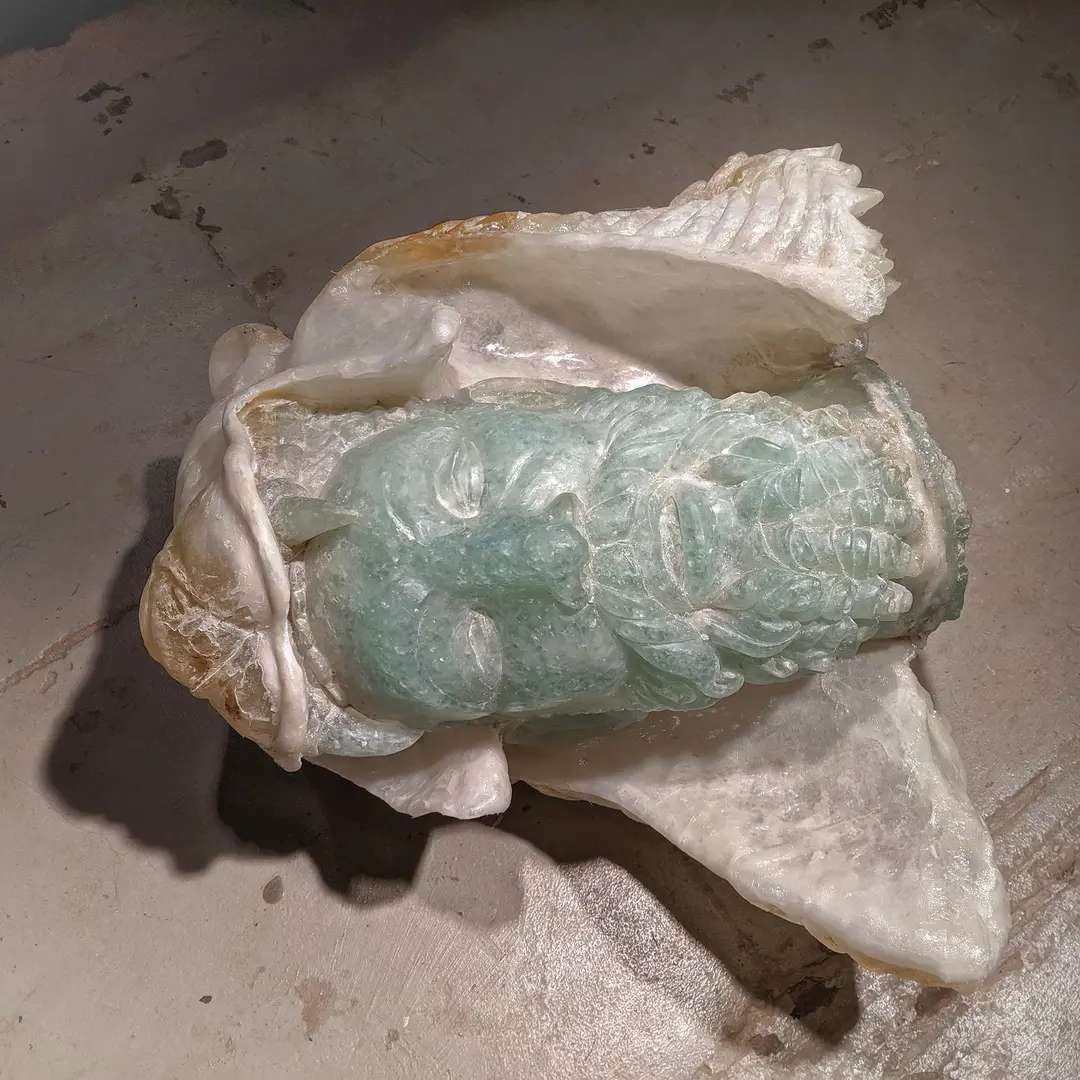I have a very particular relationship to the ground: I don’t fuck with it.
I don’t choose to sit or lie on it. When I have to, I bring a chair or multiple layers of matter-resistant textiles to create a deep separation between us. I have always been careful about how I arrange myself in accordance to the ground. It’s been nearly twenty years since I’ve fallen down, when a perfect bubble of air between my plastic sandals and slick stone landed me on my back at the bottom of a flight of stairs.
Since then, I haven’t tripped up or down any steps. I never slipped on any of the ice that surrounded me in Minnesota and, later, in Illinois. I haven’t stumbled down the dark gangway to my Seattle apartment, where the motion-sensor light always sleeps through my arrival. A wet spot hasn’t caught me, sending me sliding across a kitchen floor to grasp at the counter top with my legs splayed and knees-knocked.
I have even gone hiking twice, scrabbling up muddy pathways without backsliding. I have successfully done that run-walk thing down a dusty, rock-filled path high above Palm Springs. The wrong swell did not catch me on a fishing boat, sending me careening across the deck.
I am altogether upright.
My aversion to the ground is very much a texture thing. I’m one of those Cancers whose hypersensitivity is as tactile as it is emotional. Well-worn family stories include how I would recoil when someone tried to put me on the ground, not because I wanted to remain close to whomever was holding me, but out of repulsion for the surface that awaited me. Grass is too dryly sharp or unnaturally soft, paradoxically densely packed into too-soft sod that awaits your sinking toes. Concrete that is too porous catches the remnants of how disgusting humans are in its crevices; same goes for beach sand. Slick, newly poured surfaces merely highlight all that seeps from vehicles, bodies, and buildings, draining into a feedback loop between sewers and bodies of water that are “filtered” for safe consumption. I don’t fuck with the ground because it contains matter that I don’t want to intermingle with: dirt, feces, pesticides, and straight up garbage. It contains conscious plants, bugs, and animals that I’m trying to respect, so I don’t infringe on their spaces.
Mostly I don’t fuck with the ground because I’ve been conditioned not to.
We are trained to maintain a rigid, 90° relationship with the ground. This deeply ableist angle is predicated on a body physically capable of being rooted at the feet and assumes the ground is a smooth, unbroken surface that provides seamless access points throughout the city. (Because the rural is an apparently different story, with its gravel roads, dirt pathways, and overgrown lots. Crooked surfaces meant for backward people. Never mind the skilled technique of those of us raised on broken concrete sidewalks who were taught to skim across uneven gravel roads in pitch darkness.)
Straying outside of 90° tells a different story.
The 0° to 40° of hovering, crouching, and lying—in the nooks of tree bases, across park benches, over stoop steps, in the unlit recesses of building eaves, underneath other objects, and the like—marks supposedly voluntary idleness (“why don’t they just get a job?”). When the body lurches between 50° and 70°, disconcerting angles of determination, observers make split-second fight-or-flight decisions.
The uncanny sways around 85° generate other forms of suspicion (“There’s something just…off”), similar to the discomfiting swings between 120° (when you are in the midst of “just about to…”) and the near finality implied by 160°.
These angles are dangerous in their perceived threat: the positions of the unrefined who are ready to pounce, flee, or, worse, do nothing at all. To say nothing of the managed angles of those who are structured by apparatuses aiming to smoothen, structure, control, and simply support bodies whose natural inclination is to curl, bend, compress, jut, or flatten.
I keep in stiff alignment with this ground in order to signal that I, like my upright body, am an upstanding citizen.
I didn’t say that I don’t fuck with the ground because I’m not supposed to, I said it’s because I’m conditioned not to. I’m actually supposed to have a very intimate relationship to the ground. Every day I spend at 90° is a battle against the presumed enmeshing of my skin, my body, my vibe, my sex/uality, and the ground itself.
We’re supposed to look at this ground when spoken to; then we’re supposed to project our voices loud enough that it bounces off it and back up to those who are doing the speaking. We’re supposed to live closer to, if not wholly under, the ground in spaces that provide the physical and ideological foundation for those much, much closer to the sky. We’re supposed to bend over, hunch closer to the ground in angles that allow us the ranges of motion to weed/plant/pick/dig—shaping it for those on top of it.
At the same time, we’re supposed to feel in communion with this back-breaking ground: a story of our supposed natural relationship to the ground that, in turn, justifies the ways we are forced closer to it. This ground is the last thing we can feel whole with when we’re dragged behind cars, or lie swelling in pools of our own blood in hot summer hours. We’re supposed to commune with our accused misdeeds as our teeth gnash against concrete, the only movement possible when contained in illegal choke holds; feel, in our finality, the clouds of dirt dust that rise to surround us, a preemptive burial, as we fall, mid-stride, from strikes to the back. We’re meant to float in torturous stress positions—held up by crooks of elbows, ropes, and the like—that make us wish we could be on the ground. We’re supposed to drop, scramble laterally, and press ourselves into the very pores of the ground while someone makes his way, shot-by-shot, through rooms where we had once gripped hips, shoulders, backs, and thighs in pleasurable experimentations with other orientations to the ground.
Try to tell me I don’t know the ground like that. That’s why I try not to fuck with the ground like that. I still offer myself to it, acknowledging how its expanse has been wielded to explain and justify my place in the hierarchy of Being. I set aside time for it to support me as I twist, splay, grab for its reaches in order to extend some other part of me out. It is a practice that allows me the physicality of 90° but it also helps me to hit that sweet spot around 70° of don’t fuck with me. It is all preparation for when It happens—but done with a side-eye at the ground, a knowing accomplice.
Try to tell me I won’t know the ground like that.
About the artist
Kemi Adeyemi
Writer


I’m an Associate Professor of Gender, Women and Sexuality Studies and Director of The Black Embodiments Studio at the University of Washington. I’ve got a new book with Duke University Press, Feels Right: Black Queer Women & the Politics of Partying in Chicago.
I was lucky to co-edit the volume Queer Nightlife (University of Michigan Press, 2021) and I have two other books in the pipeline that think closely with contemporary art and arts writing as sites for enhancing our understandings of racial blackness and gendered sexuality.
I work with choreographer Will Rawls as a dramaturge for his project [SICCER] and I’ve written on and for artists including Tschabalala Self, Jovencio de la Paz, Indira Allegra, Brendan Fernandes, and taisha paggett. I sometimes find my way into curating, including Katherine Simóne Reynolds’ 2021 solo show at Jacob Lawrence Gallery and Amina Ross’ 2019 solo show at Ditch Projects, and I co-curated Unstable Objects in 2017 at the Alice Gallery.
Projects
Explore/Archive
See allOctober 2025
streamlined reflections, courtesy of noise canceling headphones
Gabrielle Rucker
Gabrielle Rucker reflects on the radical intimacy and auditory life at the heart of Deli Radio
July 2025
Tell My Jockey: CUNTRY’s Discourse From the Horse’s Mouth
Ericka Pérez
Assembly fellow Ericka Pérez reflects on clowning, resistance, and CUNTRY’s radical refusal to perform.
April 2025
The Second Head of Hercules: Art and Resistance Through Four Years of Upheaval
Shakeem Floyd
written in conjunction with artist Onyedike Chuke's Session x Assembly project, The Forever Museum Archive: Circa 2020_An Object





